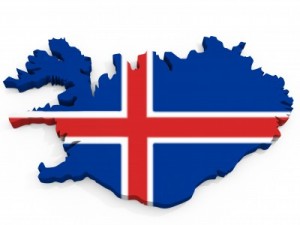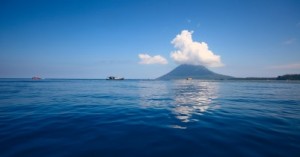In March 2103, Iceland’s history changed when the Reykjanes Ridge off Iceland’s coast had 5 earthquakes between 4.6 and 5.3 magnitude. Before these recent upticks, earthquakes of this magnitude were far and few between. The last major episode on the Reykjanes Ridge ended about 671 years ago. One of its last eruptions was documented off Iceland’s coast in 1926.
Aftershocks No More
If two or more earthquakes occur in a short time-span, geologists typically call these “aftershocks” or follow-up “vibrations.” This doesn’t apply anymore. The Earth’s crust is now shifting at such an increased rate, numerous earthquake swarms are splitting the Earth’s crust apart in ways we have never witnessed before. Now, “aftershock” means “swarm.”
Longest Mountain Range In The World
The longest mountain range in the world is under the middle of the Atlantic Ocean; hence, the Mid-Atlantic Ridge. The Ridge marks the boundary between different tectonic plates, but its biggest characteristic is magma (liquid rock) that comes up from the mantle (under the hardened crust) and reaches the sea-floor. The liquid rock can ooze out slowly, inch by inch, or explode onto the surface as volcanic lava, but either way, this is the primary location where new crust is made on the Earth’s surface. The Atlantic Ocean is widening, which causes it to push against the Pacific Ocean, which is shrinking. Before this ridge formed, Greenland and Great Britain were so close, they were connected by a land bridge.
Activity Is Picking Up
The Reykjanes Ridge is a part of the Mid-Atlantic Ridge that rises above the ocean’s surface to the southwest of Iceland. Activity around the volcanoes at Reykjanes began intensifying on February 8, 2012 when a swarm of about 40 earthquakes were recorded with low magnitudes between 2.0 and 3.0. On September 17, 2012, another earthquake swarm lasted for several hours, and the strongest earthquake had a magnitude of 3.5.
Today, there is a lot of earthquake activity both north and south of Iceland, and the magnitudes are increasing. The time has come to prepare for increases in both volcanic eruptions and earthquake activity around the Reykjanes Ridge.
Keep your eye on Iceland in the weeks and months to come.


